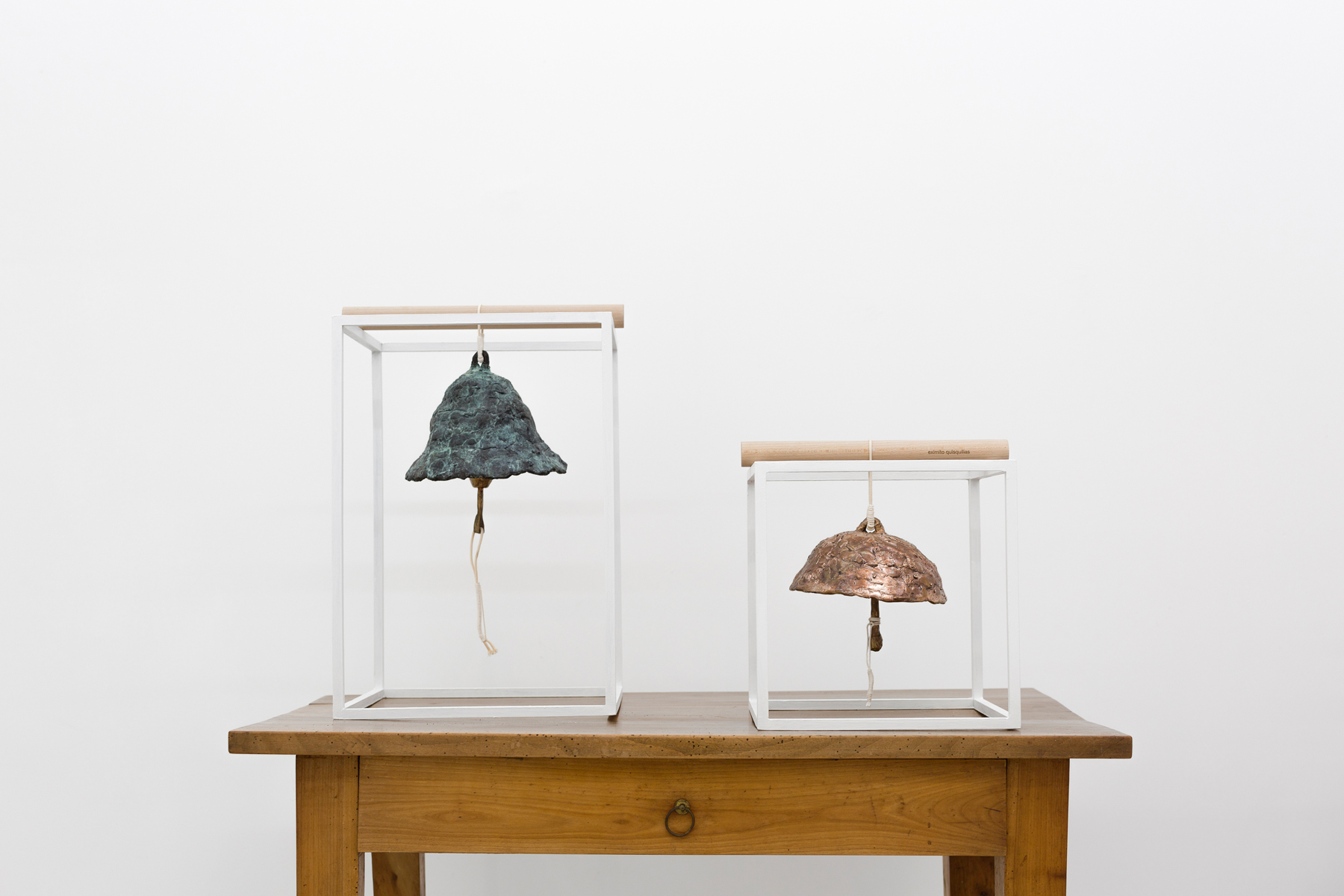
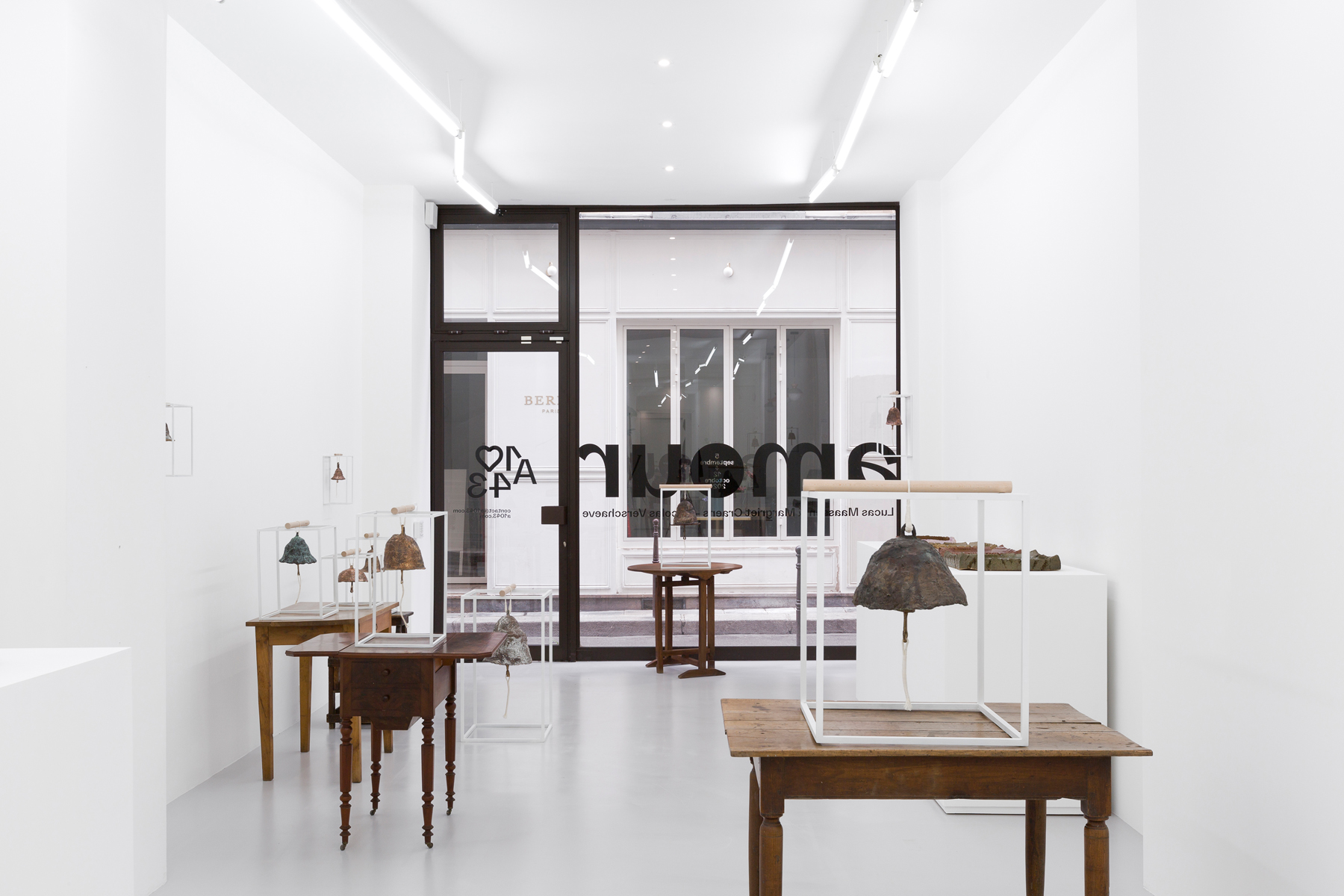

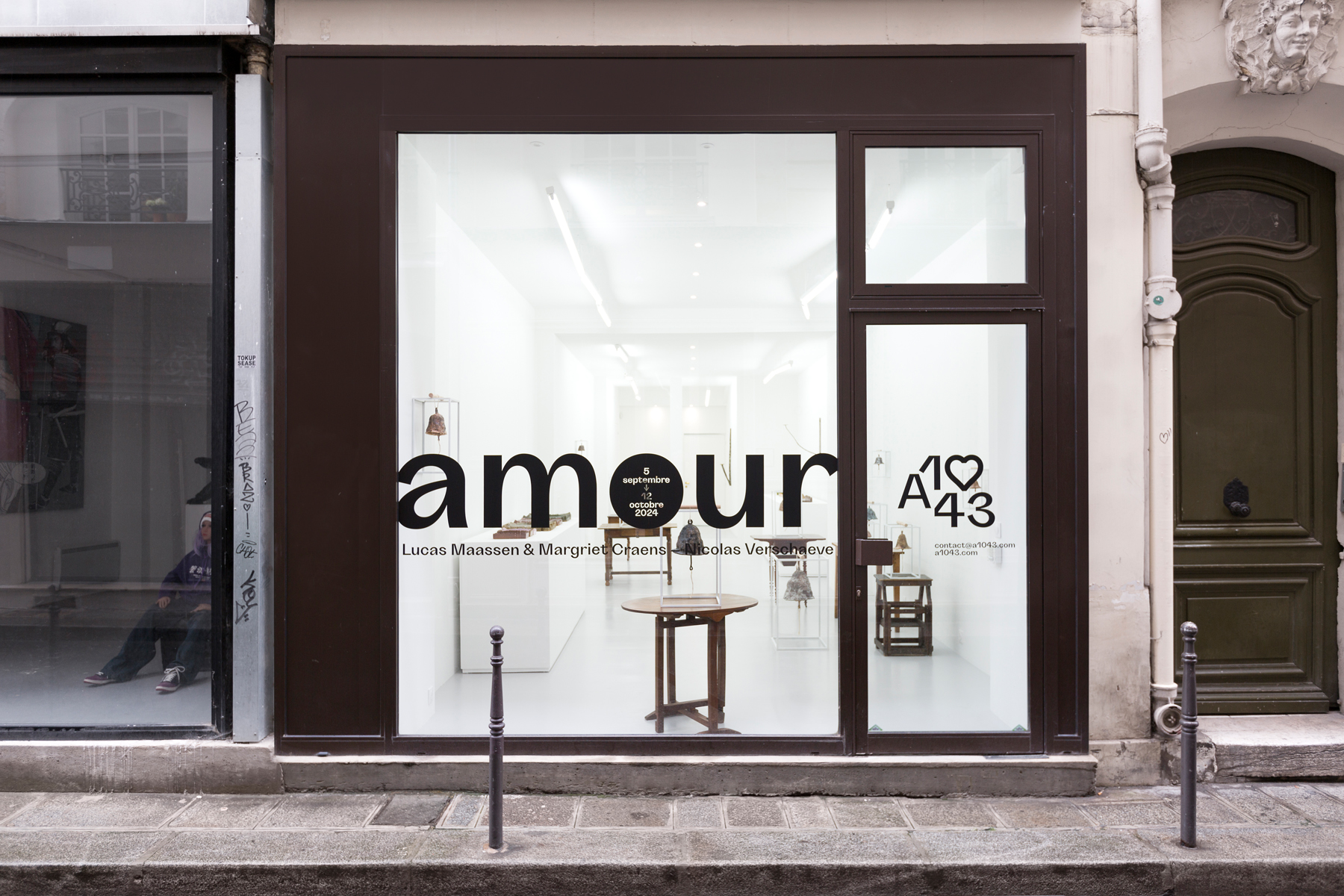
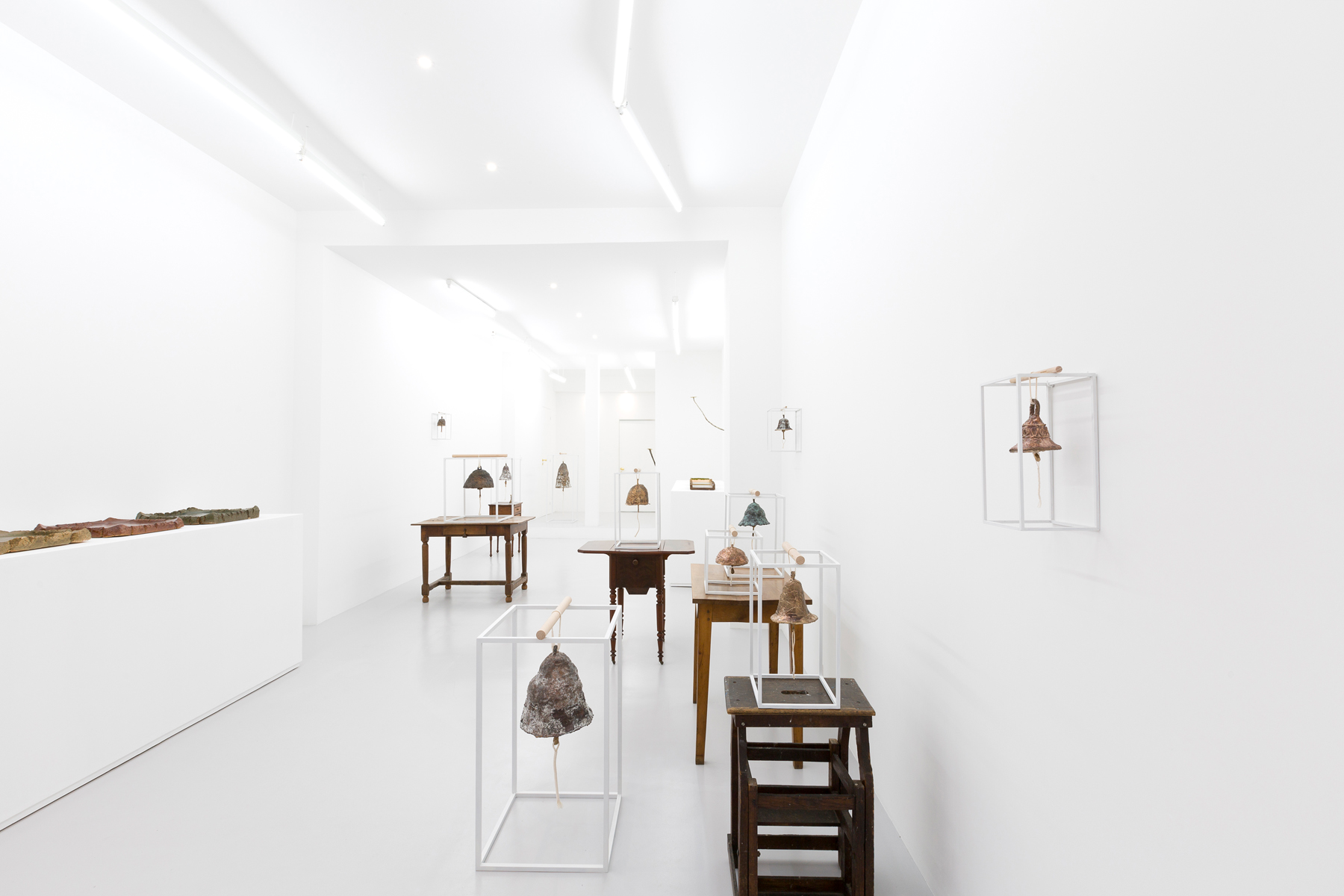
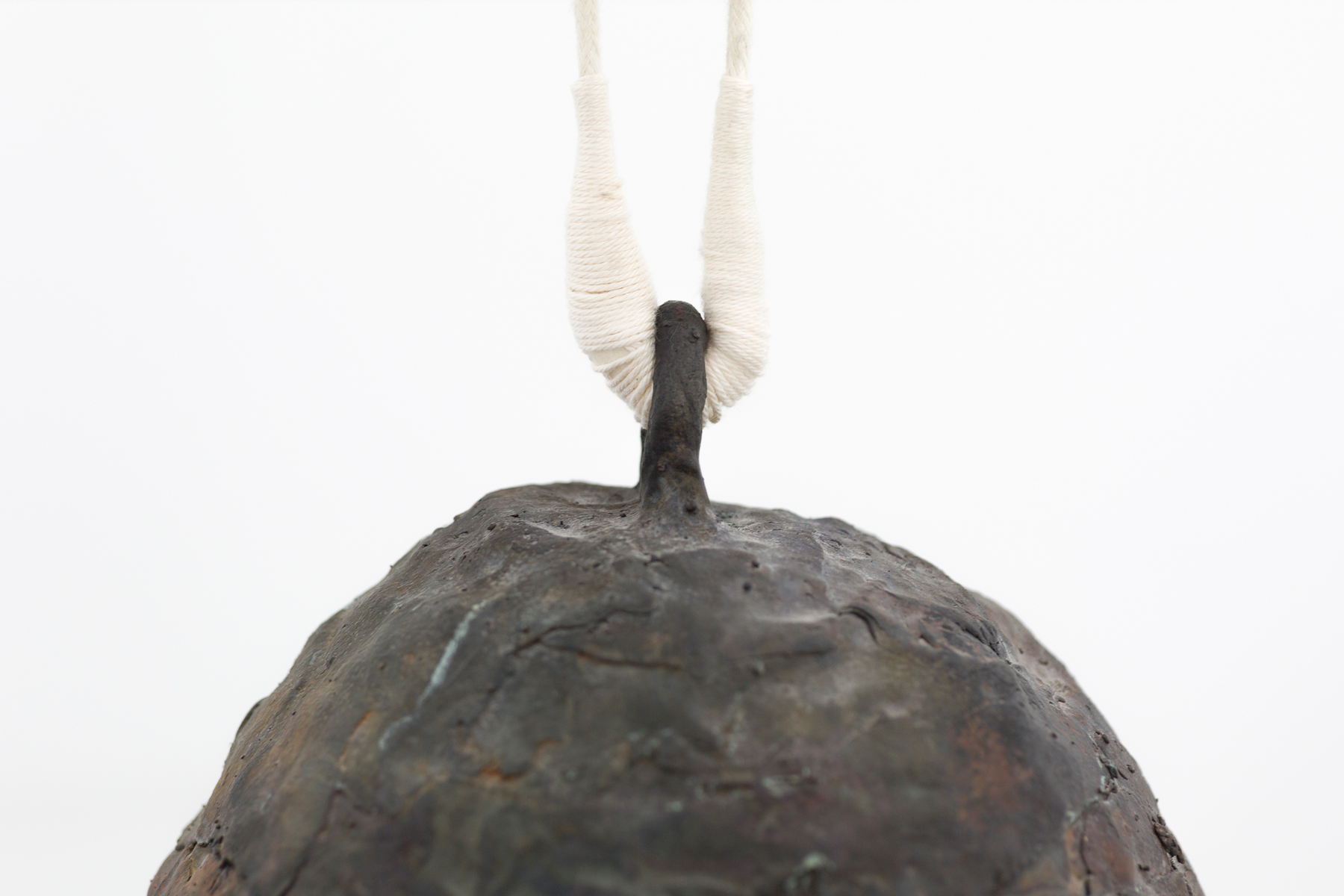
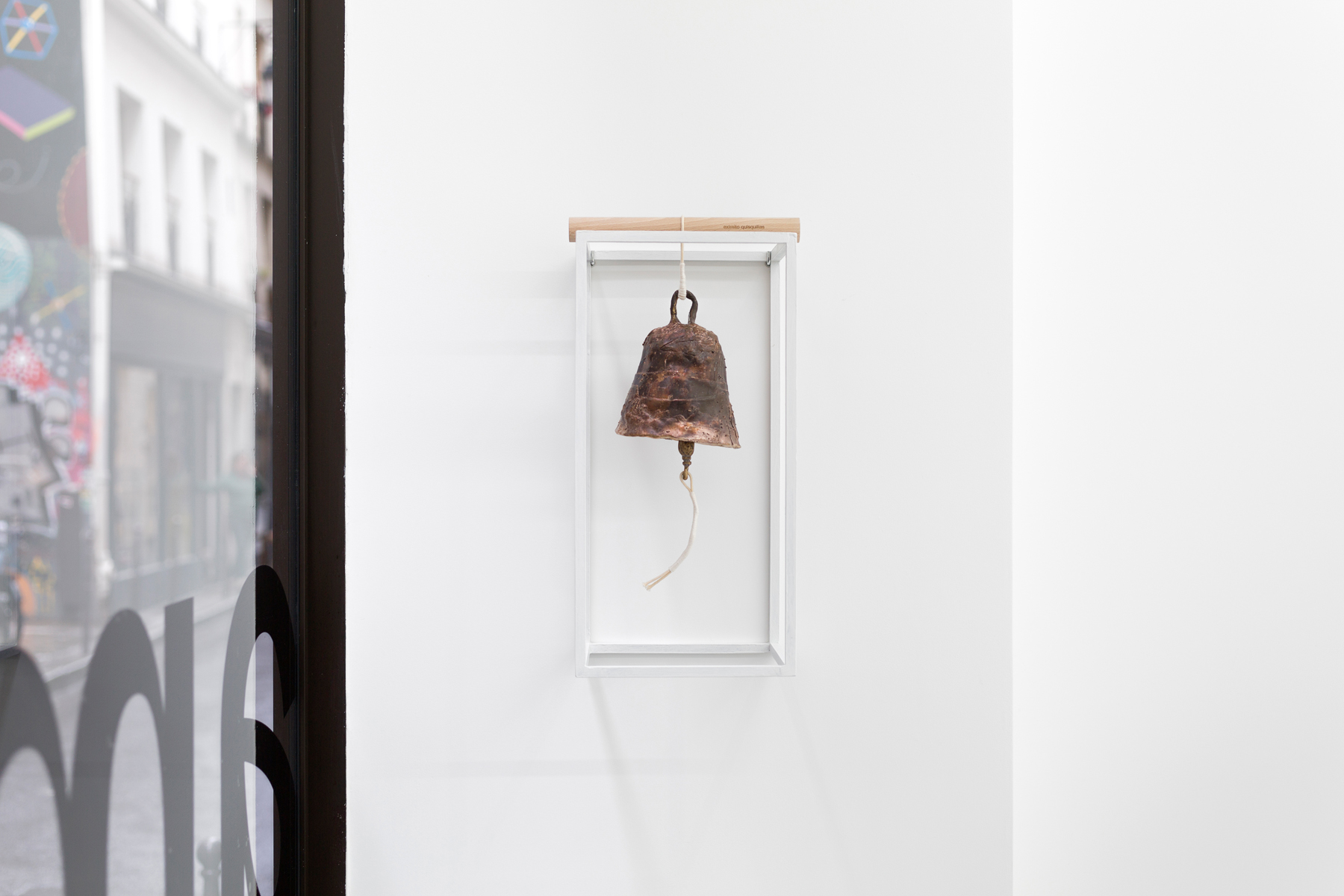

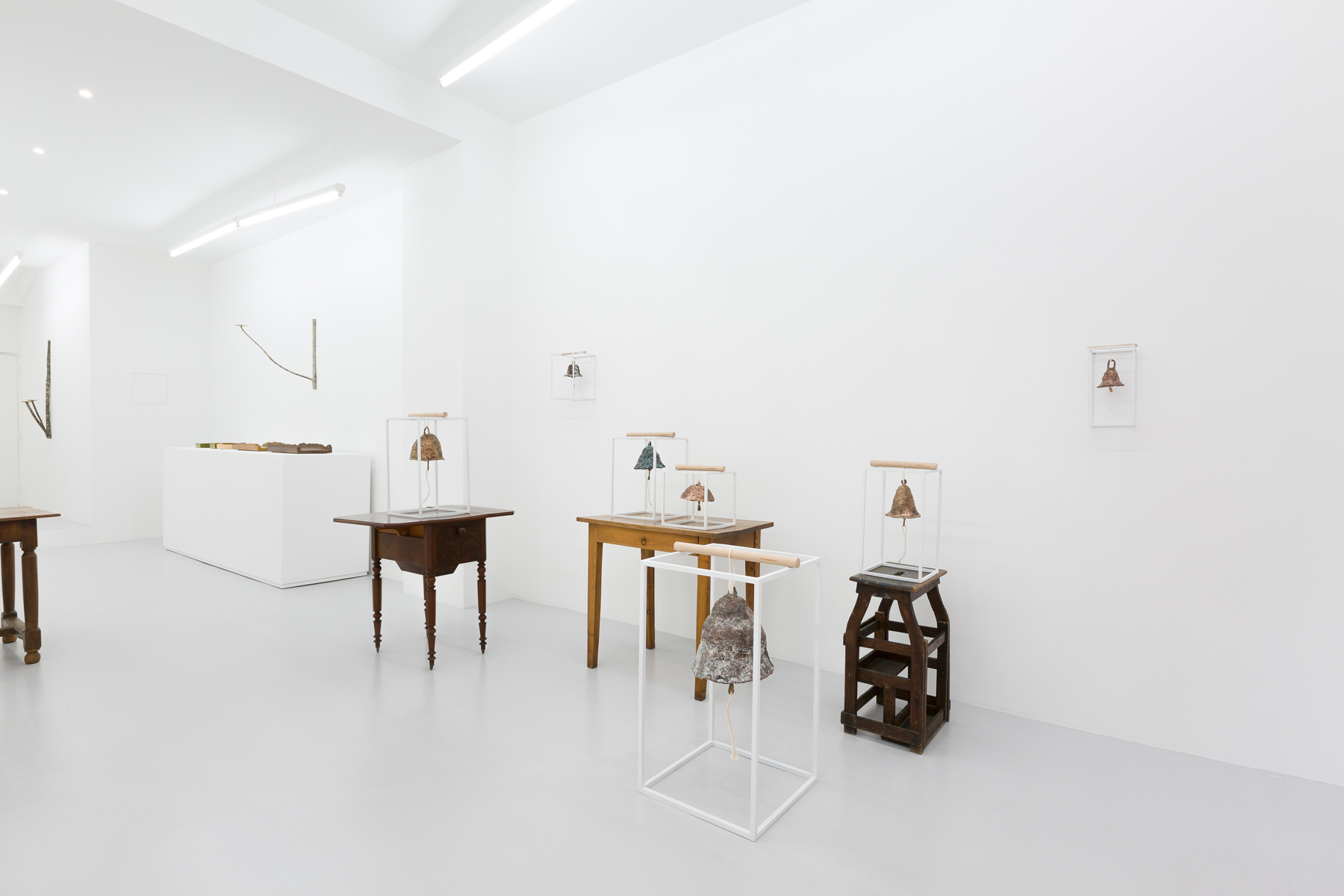


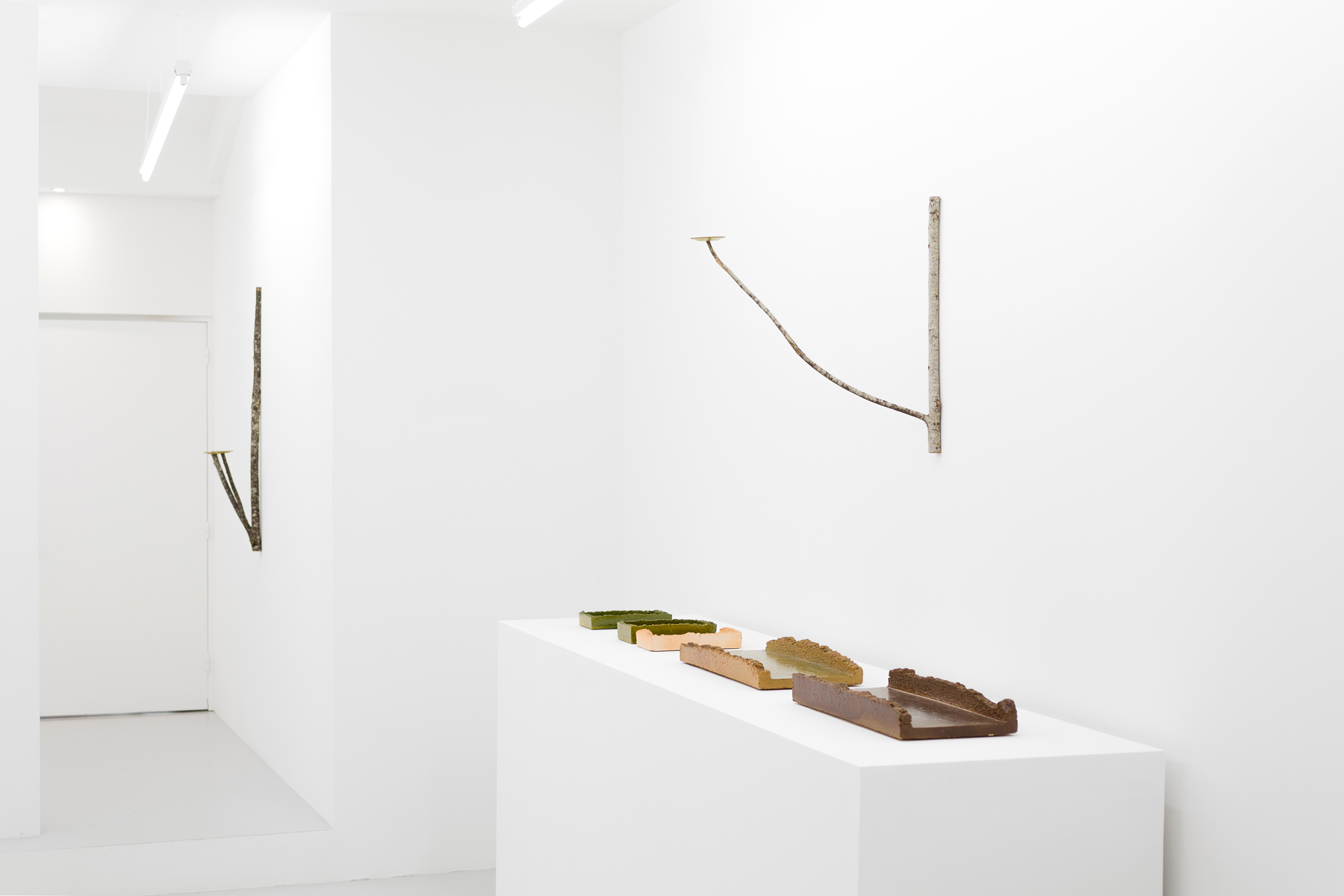
Amour
Lucas Maassen & Margriet Craens - Nicolas Verschaeve
September 5th
︎︎︎ october 12th, 2024
What if design was a question of love? Imagine someone who spends their time designing objects anonymously. Having the satisfaction of inventing an object that will be used by someone you don't know. An object that will become part of everyday life without necessarily being expressive and commanding, but that will humbly and assuredly be with you for the rest of your life.
These days every country has a design event in one of its major cities. PDW. Paris Design Week. Although it's not a new event, Paris is also trying to find its foothold on the global design scene. Perhaps it's a question of tradition, and perhaps also of pride. Paris, France and design. France and the decorative arts. France and artisanship. Not all these disciplines enjoy the same recognition or the same success. But we’re not talking about the same thing, are we? Certainly not, but what links the three is that they all contribute to providing us with furniture. In other words, they all revolve around the question: what do we live with? Design? Decorative arts? The work of artisans? A combination of all three? Two?
A1043 is taking part in Paris Design Week for the first time. But to say what? After all, when you have an exhibition or take part in an event, you need to have something to say, even before you exhibit anything. So, our participation is a short answer, albeit a very partial one, to the question: what do we live with? We all need chairs, but we're not going to display any. We all need tables, but we're not going to show any. Lamps? No. Sofas? No. What then? Well, we're going to be exhibiting bells and bricks. Not essential things. But things that at a given moment may find their place inside. Make no mistake about it: what do we live with? Well, you can live with a bicycle or a lawnmower, and there's nothing to stop you sitting on cardboard boxes. Living means residing. Staying, taking shelter under a roof. From that point on, anything is possible. Functionality, comfort and beauty are very personal considerations.
With Lucas Maassen, the question ‘What do we live with? is coupled with the question ‘Who do we live with?’ One of the main characteristics of Lucas Maassen's work is his ability to invite others into his creation of objects. You could also call it generosity. The work we are presenting is not so much about generosity as it is about love. Who do we live with? A priori with someone you love. This is also a creative source for Lucas Maassen. We know that he has collaborated with his children. This new work, which is also a family affair, is his third collaboration with his life partner, Margriet Craens. Lucas Maassen / Margriet Craens. You might imagine them married. But rather than marriage, they have found a more decisive way of bonding by designing objects together. Ring My Bell (2024) is a set of bells created by four hands. Why bells? Just as we don't need fences in our homes, do we really need bells? Maybe we do, maybe we don't. Maybe it is, maybe it isn't. Is design merely a response to a perfectly identified need, such as sitting down or drinking? Surely, it's also an opportunity to invent a need and perhaps respond to something we haven't quite identified. So, let's stop shouting, ‘Let's eat!’ and start ringing a bell! If you have a sudden urge to say I love you to the other person at the end of the house why not ring a bell that sends a message that's clear, intimate, brief and cheerful without being overpowering? Perhaps design allows us to say things without the burden of certain feelings.
Nicolas Verschaeve is also in love. We don't know who he's in love with, and it's really none of our business. But if there's one thing that stands out, it's his love of the land, the landscape and the knowledge that goes with it. Nicolas Verschaeve travels around France in his van/workshop in search of knowledge. A glass factory, a shovel handle factory, an 18th-century factory hidden away in Alsace. His van/workshop eventually stopped here in Soufflenheim. Was it by chance? The factory here has been making refractory bricks since 1792, using a particularly slow process. The clay is dried slowly, fired slowly and cooled slowly. It's a far cry from the usual frenetic pace. Here, we are forced to adapt to a different rhythm, one that is not to the creator's displeasure. Slowness allows us to look at and consider what is external to us. The work we are exhibiting is about slowness and gravity. What happens when you press down on a block of earth? How does it react? What will be the result? Just like when you're in love, this work is about watching what happens next. You say something and then wait for a reaction. No reaction at all? Hopeless. It's also a sign of distancing ourselves. The result of this approach with Nicolas Verschaeve, however, is attractive. The Substrat (2024) series manages to combine heaviness with lightness, producing an ensemble of rare beauty. The beauty of an almost chance encounter.
Love won't change anything in your life. But as Alvar Aalto says, ‘Human life is a mixture of tragedy and comedy. The forms and objects that surround us are the background music to this tragedy and comedy.’ (1957...) Perhaps a sound, a row of flowers, or an object placed in the middle of a table, can make tragedy more acceptable.
